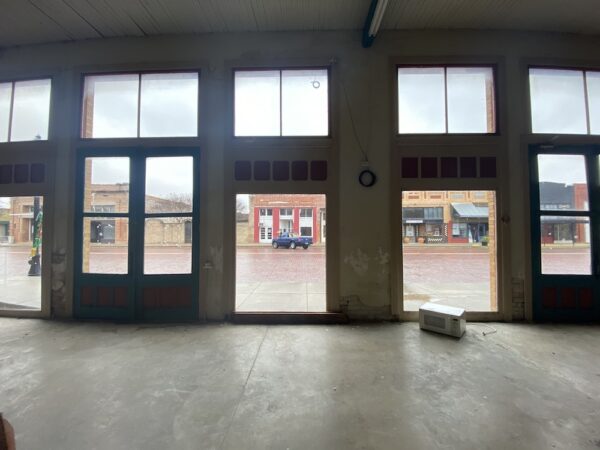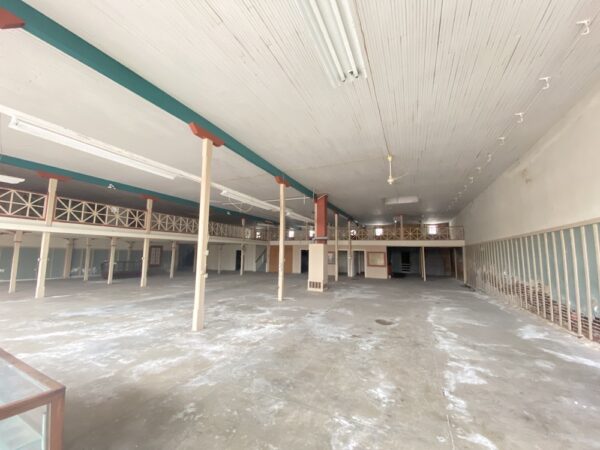For the first two installments in this series, please go here, then here.
Space. Through our collective Covid experience of 2020, the want for space was percolating in the back of our minds, right behind the concerns felt for the health and safety of our communities. As we were all mostly stuck at home, those homes started to feel more claustrophobic, and the gathering spots of our respective cities were no longer amenities, but rather places of potential contagion. Our lives became about Space. But not just space as we previously thought of it — a space of our own, to spread our arms and legs, and to wander freely without fear. Suddenly, the cities we loved so much were hotbeds of germs, and finding a different sort of space, more space, felt like an obvious solution, like mental and emotional salvation.
Even before Covid, need for space has been exacerbated by the explosive population growth of our cities — particularly Austin, the Texas city whose growth floods the surrounding suburbs, once considered their own small towns. From Austin’s troubled relationship with out-of-control gentrification — rising real estate costs and property taxes — my generation and those younger can hardly afford to live in our cities anymore. (Disclosure: if my parents didn’t live in Austin, I couldn’t possibly afford to live there either, and Austin is my hometown.) I’ve been paying attention to the issue for years (it’s hard to ignore it), and I’ve witnessed Austin’s growth into towns like Elgin, Del Valle, and Lockhart, and the benefit of this growth for artists as they’re more able to expand to places that are affordable, and also offer space.
What happens to the character of these small towns as our city folk manifest the desire to expand, and as our art centers become more and more decentralized because of it? And what happens to the longtime residents of these small towns who are inevitably pushed out by the economic (if not political and cultural) domino effect that inevitably follows this kind of growth?
The case of Bartlett, just an hour northeast of Austin, is an intriguing one. The town’s past is very suddenly colliding with its future, in a present that will very much determine the long-term livelihood of the town’s residents, many of whom have been in Bartlett for generations. The central goal of this growth, ideally, is for Bartlett to become an enclave for artists and creatives, that it becomes a town that offers a cultural and community experience that draws visitors — and their dollars — from all over. This goal is not unattainable; indeed, sitting at my writing table looking out the window in Bartlett, I watch as tourists stop in the town to take photos of the historical buildings. There is potential here. Bartlett’s history as a booming, thriving town is proof of it. But how can civic growth happen in ways that are beneficial for both newcomers as well as the residents that have long been here, especially when those longtime residents have felt repeatedly burned by their civic leaders? And how do we, as newcomers, respectfully integrate ourselves into a place whose varied communities are long established?
These are the questions that run through my mind while working in Bartlett. As an organizer, I have access to an enormous turn-of-the-last-century building that was once a department store, and I get to find artists who will fill it with an exhibition. My job is to curate and produce a show in this semi-abandoned building. But as many of you know, art isn’t just about putting things on walls. This is another opportunity: to look into the history of place, to suss out its challenges and complications, its identities, and to produce a project that bridges many widening gaps. It’s easy enough to just choose things to hang on a wall, to delegate placement, and expect people to walk in and look. But working reactively to the site — learning about what people in that place might want to see, about their interests and the interests of the communities that make up a place — that’s what makes things interesting, and relevant. It makes the project relevant to so many more people than myself.
Just as artists have their own studio practices, curators have their own practices and methods. I’m not interested in maintaining a practice that simply dictates, or tells people what they “should” see. I’d rather ask people what they want to see, investigate the holes in history, and take a deeper look at who is predominantly telling the stories. I’m interested in agency, but one that’s shared between communities, people, artists, students, and whoever else wants to be involved. In Bartlett, we have a history of people who have not felt heard for years, and while we can’t fix a problem that existed in the past, we can certainly listen to the present, and learn from it all.
I’ve been entrusted to produce an exhibition that is relevant to Bartlett, and to the communities that make up the town of Bartlett. And since I have been listening, I also carry the weight of responsibility to ensure that this exhibition tells the part of the story that I am really seeing, and the reality of things I have learned. Here, at the very least, I have the benefit of space.
Look for Part 4 of this series on May 25. To learn more about Bartlett, please follow @downtownbartlett. For information about the artists follow: @aimeemeverettart,@laursen_art, @jadewalker_studio, @mjmenjivar, @LeslieMoodyCastro. For more on ICOSA Collective, follow @icosa_art.







2 comments
This kind of thoughtfulness has been missing for far too long. Thank you for your conscious development.
Hi Lisa, thank you so much for reading and for your supportive words! They mean so much more than I can express!